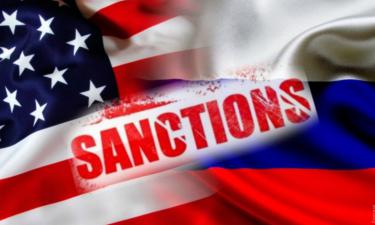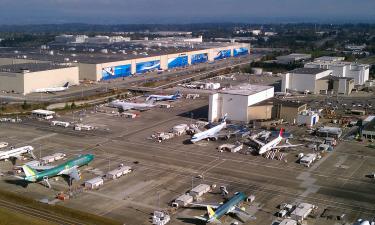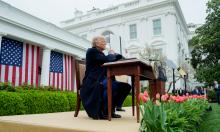Panama plans expansion of its inter-oceanic canal
The Central American nation aims to handle mammoth cargo ships and oils tankers.

Panama is planning to invest $ 5.25 billion to expand its famous inter-oceanic canal to handle a new generation of mammoth cargo ships and oil tankers, the Panama Canal Authority announced on Monday. With the presence of President Martin Torrijos, the Panamanian officials said the expansion centres on building a second lane and a new set of locks to double its capacity and that construction should be complete by 2014, exactly a century after it was opened.
"Without doubt, it is a formidable challenge and a gigantic project," Torrijos said as the plan was announced. The expansion has been Torrijos' main goal since the took office in 2004 and he urged Congress and ordinary Panamanians to back it.
"If we do not confront the challenge of expanding the canal and improving its capacity to continue providing an efficient and competitive service, other routes will inevitably emerge to replace ours," Torrijos said. The current president of Panam is the son of the popular nationalistic leader, Omar, who was killed in an air crash in 1981 amid suspects of a CIA undercovered plot.
The initiative asks for Parlamentarian support, but, according to observers, it would not be a problem, as Mr. Torrijo’s party has a strong majority in the Congress. The president also studies to call on a referendum to obtain the support of the population.
The plan calls for up to $2.3 billion in loans, although the entire expansion will be paid for with higher tolls.Without an expansion, experts say the waterway could hit saturation point in as little as three years, forcing shippers to use different routes. Mexico and some Central American nations have suggested they might dig their own canals.
Considered a masterpiece of engineering, the Panama canal was opened in 1914 at a cost of 25,000 lives of workers from 50 countries. It makes a shortcut between the Pacific and Atlantic Oceans, saving ships the long trip around South America and the treacherous Cape Horn. About 38 to 40 ships pass through the 50-mile (80-km) canal every day.
A French entrepeneur initiated the works in 1880, which were finished by US industrials 34 years later. As Panama was part of Colombia and Bogota claimed full control over the isthmus, Washington fuelled the independence of the country at the beginning of the XXth century. The recently created nation gave US companies full control of the canal and Washington run the waterway for almost a century, until it handed over to Panama in 1999.
Hernan Etchaleco
Pravda.Ru
Subscribe to Pravda.Ru Telegram channel, Facebook, RSS!




